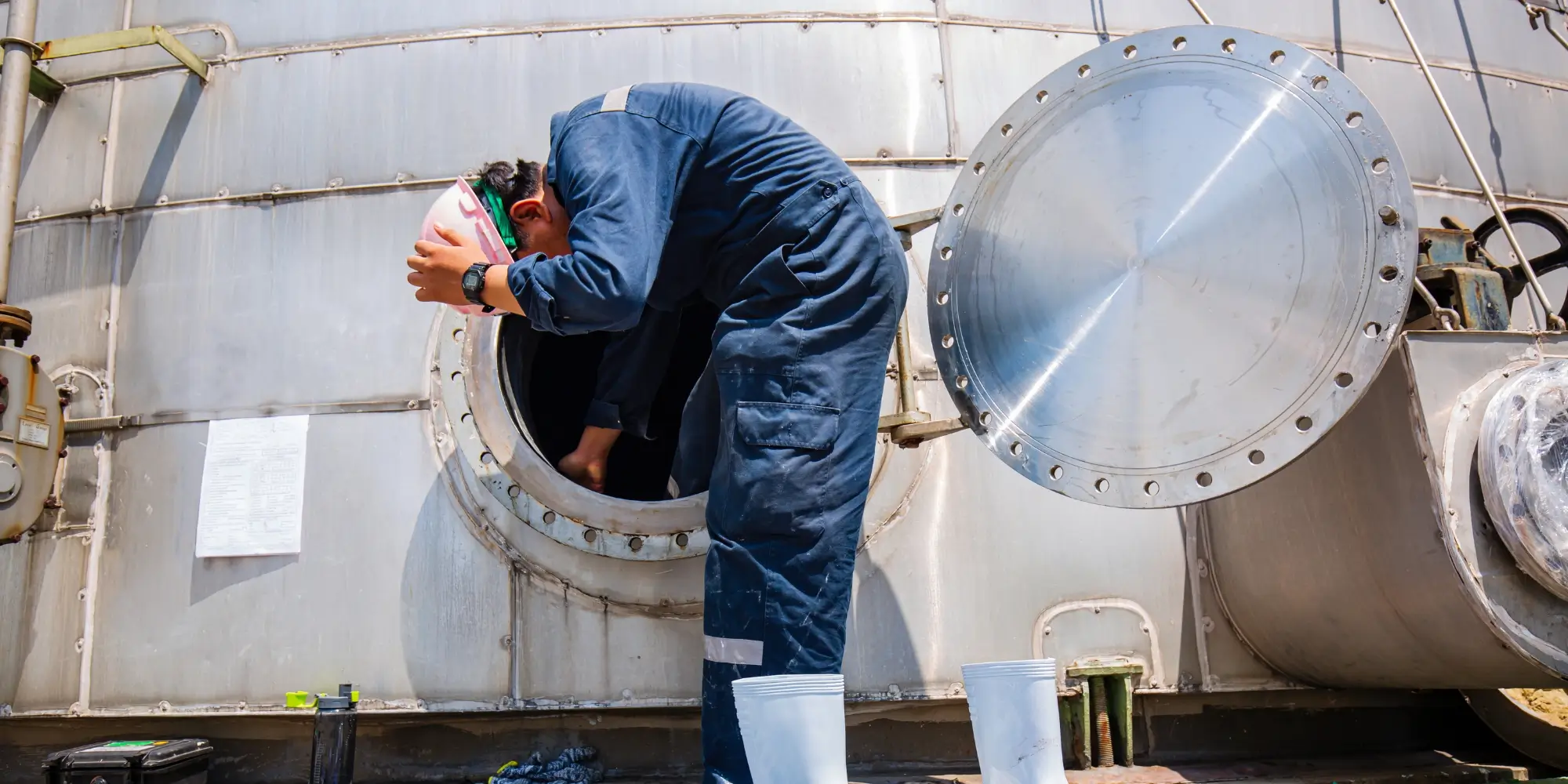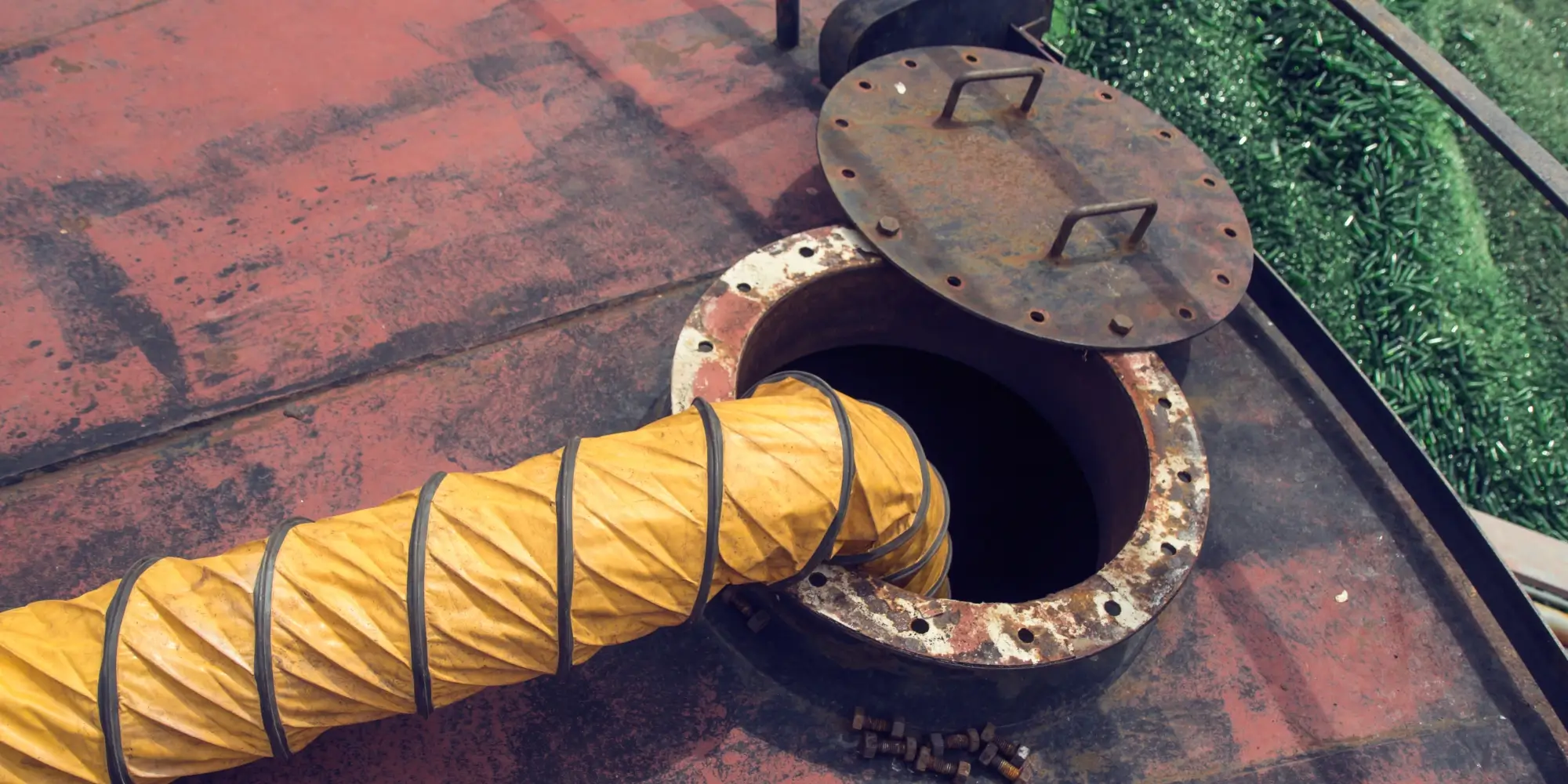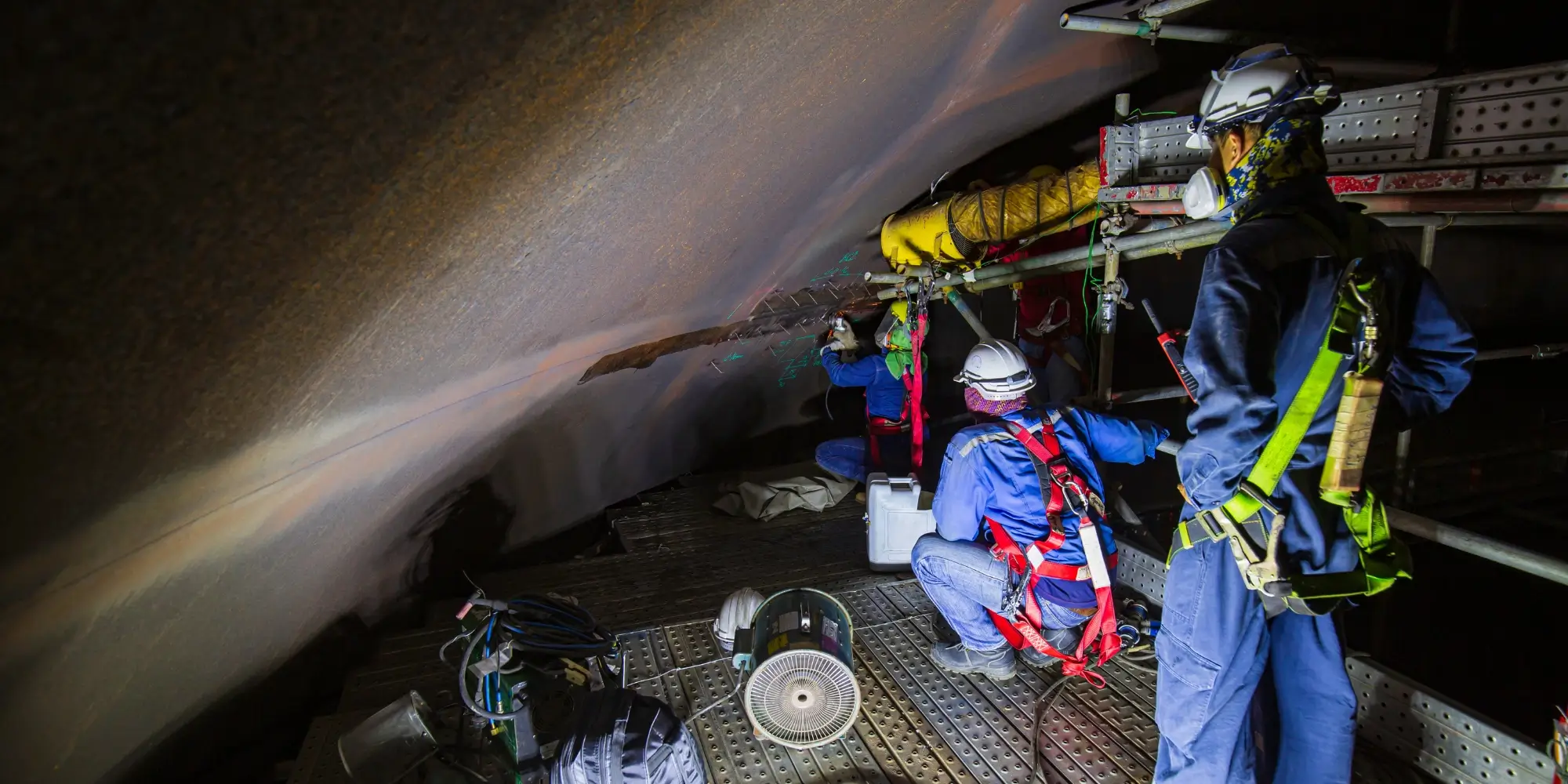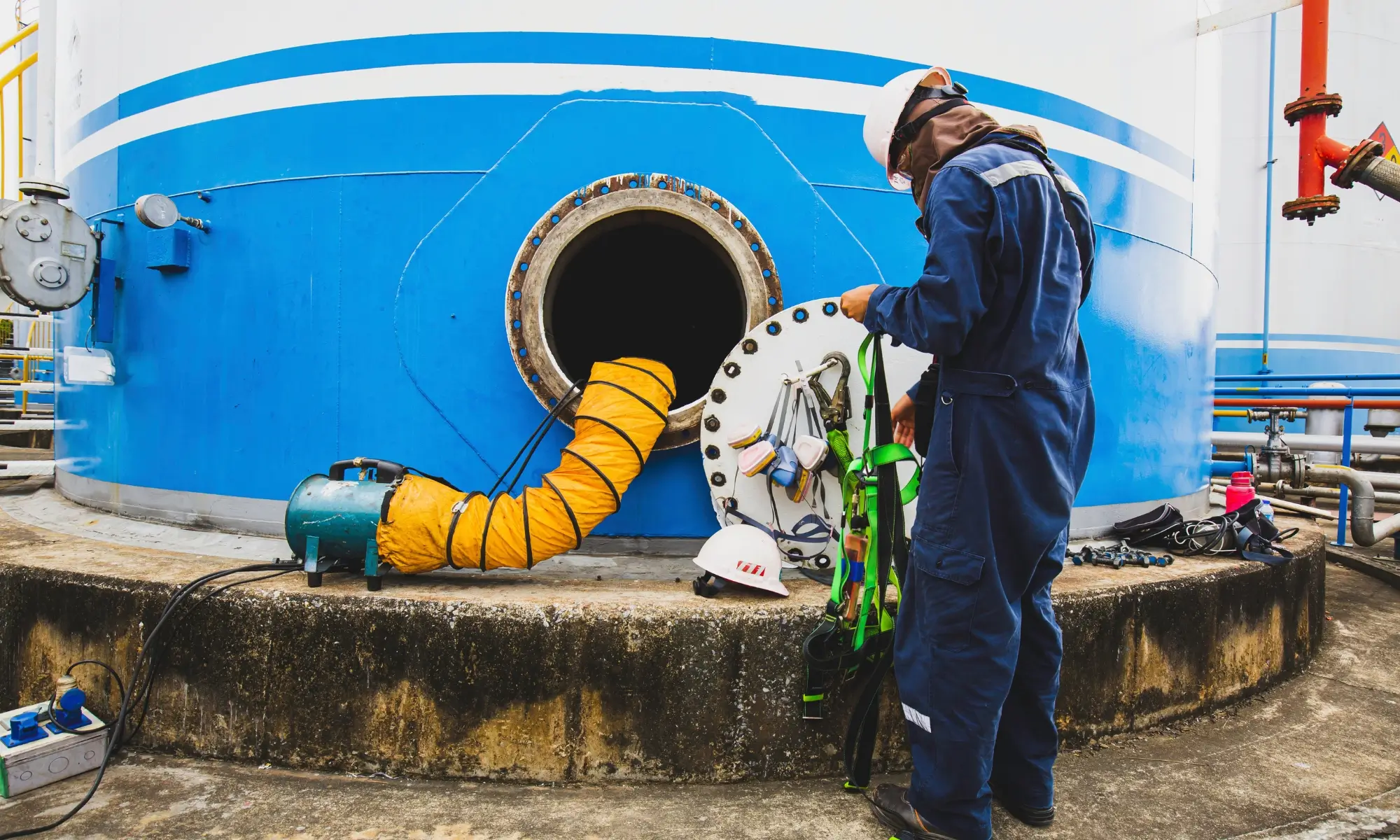Working in confined spaces poses unique challenges and risks. To ensure the safety of workers, industries implement various safety protocols, among which the Job Safety Analysis (JSA) for confined spaces plays a crucial role. This comprehensive guide delves into what a Confined Space JSA entails, its importance, components, and best practices to effectively manage risks associated with confined space work.
Confined spaces are areas that are not designed for continuous occupancy and have limited entry and exit points. Examples include tanks, silos, sewers, and tunnels. These environments often harbor hazardous conditions such as toxic atmospheres, oxygen deficiency, or physical dangers like moving machinery. To mitigate these risks, a structured approach like Job Safety Analysis (JSA) is essential. This article explores the concept of Confined Space JSA, providing a detailed understanding to enhance workplace safety.
Understanding Confined Spaces
Before diving into Confined Space JSA, it’s essential to understand what constitutes a confined space. According to the Occupational Safety and Health Administration (OSHA), a confined space:
- Is large enough for an employee to enter and perform work.
- Has limited or restricted means for entry or exit.
- Is not designed for continuous employee occupancy.
Confined spaces can vary widely in size and complexity, and the specific hazards they present depend on their nature and the tasks performed within them.

What is a Job Safety Analysis (JSA)?
A Job Safety Analysis (JSA), sometimes referred to as Job Hazard Analysis (JHA), is a methodical approach used to identify and evaluate the potential hazards associated with a specific job or task. The process involves breaking down the job into its individual steps, pinpointing where risks may occur, and determining the best ways to eliminate or control those risks.
The ultimate objective of a JSA is to enhance workplace safety by ensuring that employees are fully informed about the dangers they might encounter and are provided with effective strategies to manage those risks.
Key Objectives of a JSA:
- Improving Procedures: Refining work processes to make them safer and more efficient.
- Hazard Identification: Systematically recognizing all possible hazards related to a task.
- Risk Evaluation: Assessing the likelihood and potential impact of each identified hazard.
- Control Implementation: Developing and applying measures to mitigate or eliminate risks.
- Enhancing Awareness: Educating workers about the specific dangers and the appropriate safety procedures to follow.
Confined Space JSA: Definition and Importance
A Confined Space Job Safety Analysis (JSA) is a specialized form of Job Safety Analysis tailored specifically for tasks conducted within confined spaces. This process involves a comprehensive review of the work activities, identification of hazards that are unique to confined environments, and the establishment of safety protocols to safeguard workers effectively.
Significance of a Confined Space JSA
- Risk Reduction: By systematically identifying and managing potential hazards, a Confined Space JSA significantly lowers the chances of accidents and incidents.
- Regulatory Compliance: Ensures that operations meet all relevant occupational safety and health regulations, helping organizations avoid legal penalties and maintain industry standards.
- Enhanced Training and Awareness: Provides workers with detailed knowledge about the specific dangers associated with confined spaces and the necessary safety measures, fostering a well-informed workforce.
- Preparedness for Emergencies: Develops and outlines clear emergency response procedures, ensuring that workers are ready to act swiftly and effectively in the event of an incident.
- Improved Operational Efficiency: By addressing safety concerns proactively, organizations can minimize downtime caused by accidents and create a more productive work environment.
- Promotion of a Safety Culture: Encourages a workplace environment where safety is prioritized, and continuous improvement in safety practices is pursued.
Implementing a Confined Space JSA is essential for organizations that operate in environments with restricted access and potential hazards. It not only protects the health and safety of employees but also contributes to the overall efficiency and reliability of operations.

Key Components of a Confined Space JSA
A comprehensive Confined Space JSA comprises several critical elements that collectively ensure thorough risk assessment and management.
1. Hazard Identification
Identifying all potential hazards associated with the confined space and the tasks to be performed is the first step. Common hazards include:
- Atmospheric Hazards: Toxic gases, oxygen deficiency, flammable vapors.
- Physical Hazards: Limited space leading to entrapment, mechanical dangers from equipment.
- Environmental Hazards: Extreme temperatures, poor lighting.
- Biological Hazards: Presence of harmful microorganisms.
2. Risk Assessment
Once hazards are identified, the next step is to evaluate the risks they pose. This involves determining the likelihood of each hazard causing harm and the severity of potential consequences. Risk assessment helps prioritize which hazards require immediate attention and what level of control is necessary.
3. Control Measures
Implementing control measures to eliminate or minimize identified risks is crucial. These measures can be categorized using the hierarchy of controls:
- Elimination: Removing the hazard entirely if possible.
- Substitution: Replacing the hazard with a less dangerous one.
- Engineering Controls: Installing ventilation systems, barriers, or other physical modifications.
- Administrative Controls: Implementing safe work practices, training, and scheduling.
- Personal Protective Equipment (PPE): Providing appropriate gear such as respirators, gloves, and protective clothing.
4. Procedures and Protocols
Establishing clear procedures and protocols ensures that tasks are performed safely. This includes:
- Entry and Exit Procedures: Guidelines for safely entering and exiting the confined space.
- Monitoring: Regularly checking atmospheric conditions.
- Communication: Maintaining effective communication among team members.
- Emergency Response: Detailed plans for evacuating and providing medical assistance if needed.
Steps to Conduct a Confined Space JSA
Conducting a Confined Space JSA involves a systematic approach to ensure all aspects of safety are covered.
1. Select the Task
Identify the specific task or job to be analyzed within the confined space. Clearly define the scope of work.
2. Break Down the Task
Divide the task into individual steps or components. This helps in identifying specific hazards associated with each part of the job.
3. Identify Hazards
For each step, list all potential hazards. Consider various types of hazards, including atmospheric, physical, and procedural.
4. Determine Control Measures
For each identified hazard, specify the control measures that will be implemented to mitigate risks. Prioritize using the hierarchy of controls.
5. Implement and Communicate
Ensure that all control measures are put into practice and that workers are trained and informed about the safety protocols.
6. Review and Update
Regularly review the JSA to incorporate any changes in the work process, environment, or regulations. Update the analysis as necessary to maintain its effectiveness.

Regulatory Standards and Compliance
Compliance with regulatory standards is paramount when conducting work in confined spaces. Key regulatory bodies and their guidelines include:
Occupational Safety and Health Administration (OSHA)
- Standard 29 CFR 1910.146: Covers permit-required confined spaces in general industry.
- Standard 29 CFR 1926.1200: Pertains to construction-related confined spaces.
National Institute for Occupational Safety and Health (NIOSH)
- Provides research and recommendations on preventing work-related injuries and illnesses.
International Standards
- ISO 45001: Specifies requirements for an occupational health and safety (OH&S) management system.
Key Compliance Requirements
- Permit Systems: Implementing permits for entry into confined spaces.
- Training: Ensuring all workers are trained in confined space hazards and safety procedures.
- Atmospheric Testing: Regularly testing the air quality within confined spaces.
- Rescue Plans: Having effective rescue plans and equipment readily available.
Best Practices for Effective Confined Space JSA
Adopting best practices enhances the effectiveness of a Confined Space JSA, ensuring comprehensive risk management.
1. Involve All Stakeholders
Engage workers, supervisors, and safety officers in the JSA process to gather diverse insights and ensure collective responsibility for safety.
2. Use Clear and Concise Documentation
Maintain well-organized and accessible JSA documents. Use clear language and visual aids to enhance understanding.
3. Regular Training and Drills
Conduct ongoing training sessions and emergency drills to keep workers proficient in safety protocols and response procedures.
4. Continuous Monitoring
Implement continuous monitoring of atmospheric conditions and the overall environment within confined spaces to promptly identify and address emerging hazards.
5. Foster a Safety Culture
Promote a workplace culture that prioritizes safety, encourages reporting of hazards, and supports proactive risk management.
Common Challenges and Solutions
While implementing Confined Space JSA, organizations may encounter various challenges. Addressing these effectively is key to maintaining safety standards.
Challenge 1: Inadequate Hazard Identification
Solution: Utilize comprehensive checklists and involve experienced personnel during the hazard identification phase to ensure all potential risks are recognized.
Challenge 2: Lack of Training
Solution: Invest in regular and thorough training programs that cover all aspects of confined space safety and JSA procedures.
Challenge 3: Poor Communication
Solution: Establish robust communication channels, including radios or signaling systems, to maintain constant contact among team members during confined space operations.
Challenge 4: Insufficient Monitoring
Solution: Deploy reliable atmospheric monitoring equipment and ensure that monitoring is conducted continuously throughout the duration of the confined space work.
Challenge 5: Emergency Preparedness
Solution: Develop detailed rescue plans, provide appropriate rescue equipment, and train designated rescue personnel to respond effectively in emergencies.
Conclusion
A Confined Space Job Safety Analysis is an indispensable tool for ensuring the safety of workers engaged in confined space operations. By systematically identifying hazards, assessing risks, and implementing control measures, organizations can significantly reduce the potential for accidents and health issues. Adhering to regulatory standards, embracing best practices, and fostering a proactive safety culture further enhance the effectiveness of a Confined Space JSA. Prioritizing these elements not only safeguards employees but also promotes operational efficiency and compliance, ultimately contributing to a safer and more productive workplace.
References:
- Occupational Safety and Health Administration (OSHA). (n.d.). Permit-Required Confined Spaces.
- National Institute for Occupational Safety and Health (NIOSH). (n.d.). Confined Spaces.
- International Organization for Standardization (ISO). (2018). ISO 45001: Occupational Health and Safety Management Systems.

